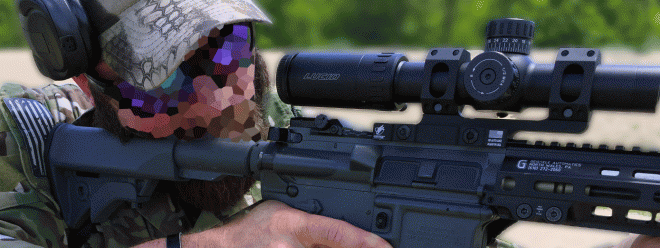Owning an optic with superb glass is like having the ability to look back through time. The problem is, we don’t all have the budget for an awe-inspiring rifle scope. Luckily in the last few years, manufacturers have been able to advance machining and construction techniques to the point where good glass is becoming both affordable and obtainable . LUCID, a Wyoming-based scope maker, recently introduced the L7 – a 1-6x variable power scope with an illuminated reticle and optical quality equal to scopes at a price point twice it’s MSRP.
Perspective:
It is important to note that the Lucid L7 is a sub $400 optic. And while that is still a lot of money, it would be unfair to judge it as if it were $2K glass. So I would like to remind our readers that our baseline perspective for this review should be “my budget for a 1-6X optic is around $500, does the LUCID L7 meet my needs?”
I. Introduction
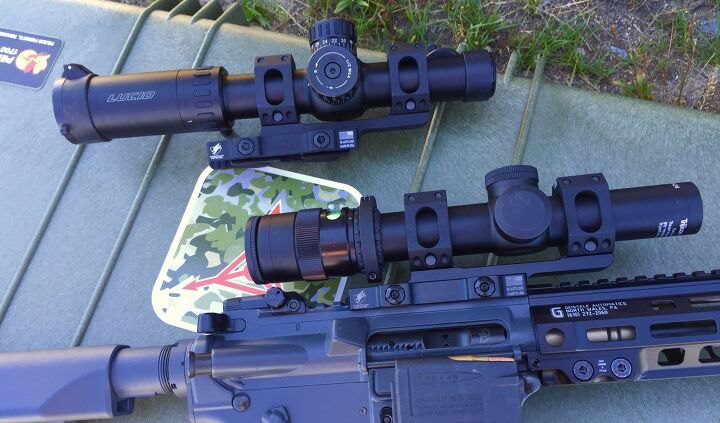
TFB: LUCID L7 1-6x (Top) and the author’s Accupoint 1-4x
The L7 came well-packed in a white box lined with foam padding. Included inside is a hex wrench to remove and adjust the turrets, the grab handle for the variable power adjustment and a brief two page users manual. All the information in the manual can be found on the L7’s product page here.
The scope includes two flip-type lens covers. And while I appreciate the thought, the covers aren’t the same quality you would find in aftermarket options like Butler Creek. The pin holding the spring loaded action walked out only after a few tests. That’s ok; I set them aside for the review period, mostly because I don’t think a 1-6X 24mm really needs lens covers. No big deal.
Otherwise, my initial impressions at unboxing were very good. Besides being a little more bulky, I couldn’t tell the difference between th L7 and my Accupoint in terms of raw “feel”.
II. Basics
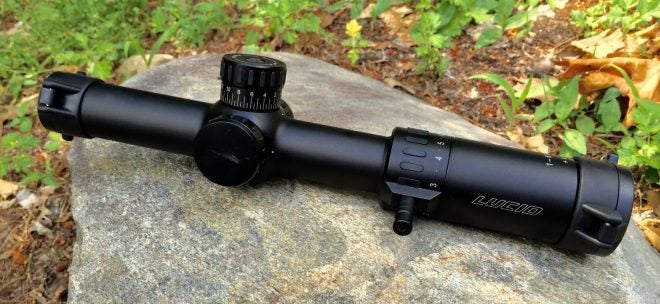
TFB Reviews the Lucid L7
The finish on the tube body, knobs and adjustment is solid. There were no manufacturing marks or defects to be seen. The white lettering and numbering is clean and sharp. The scope itself had a solid feel, not overly heavy, just sturdy.
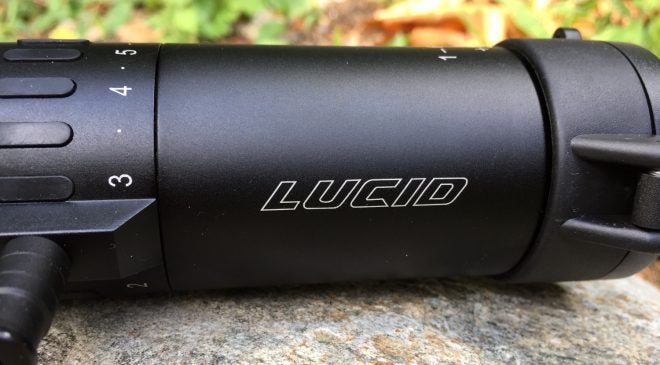
TFB Reviews the Lucid L7
As with most optics right out of the box, the variable power adjustment was stiff. The included screw-in handle made adjustments a little easier, but it was fairly tight. However, it’s much better than being too loose and inadvertently changing power while slung or stored in a ready bag or case.
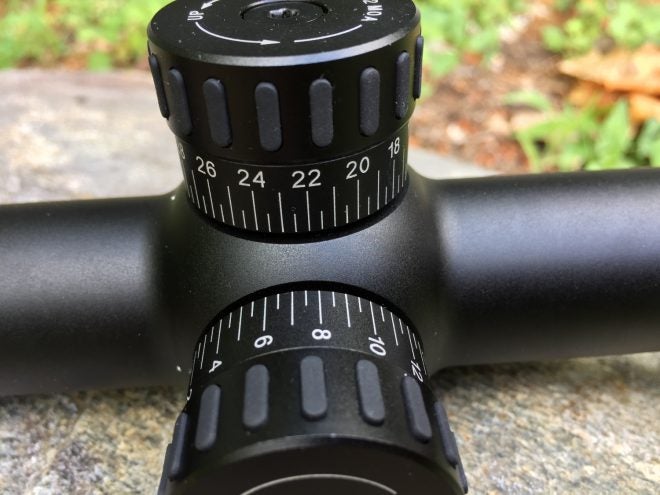
TFB Reviews the Lucid L7
The turrets were also pretty stiff; the pull-to-unlock feature had me worried that I was going to yank a knob loose. But, they did eventually loosen up with repetition. Again, I’d rather have the adjustments be too stiff than too eager to move themselves.
The clicks between MOA adjustments on the turrets were loud and noticeable, but there was a fair amount of “play” on each of the stops – the selection wasn’t as definitive as I would like them to be. Still, each windage or elevation adjustment found a home without issue.
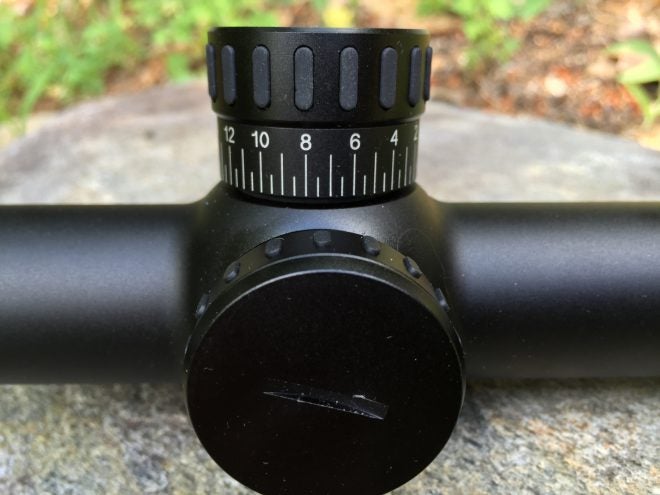
TFB Reviews the Lucid L7
Obviously the top adjustment is for elevation and on the right is the adjustment for windage. On the left hand side is the screw cap for the battery compartment housed inside an illumination adjustment knob.
A couple of things here:
- Because of shipping restrictions, the L7 ships battery-less so it might not hurt to have one on hand to avoid that “kid on Christmas morning” feeling when you want to go play with your toys. The L7 takes a CR2032 lithium battery.
- I’ve recently found that I really like having a side focus adjustment, which is not in the feature set of the L7. I realize that a side focus adjustment would probably increase the price of the scope by a fair amount, so I’m trying to remember to stay within my own perspective guidelines for the review.
- The parallax on the L7 is set at 100 yards, which I believe is too high for a 1-6x variable power optic. Take a little bit off the top end (I don’t need to be parallax free out to infinity on an optic that maxes out at 6x) and give the L7 parallax free views at 10 or 25 yards.
III. Reticle
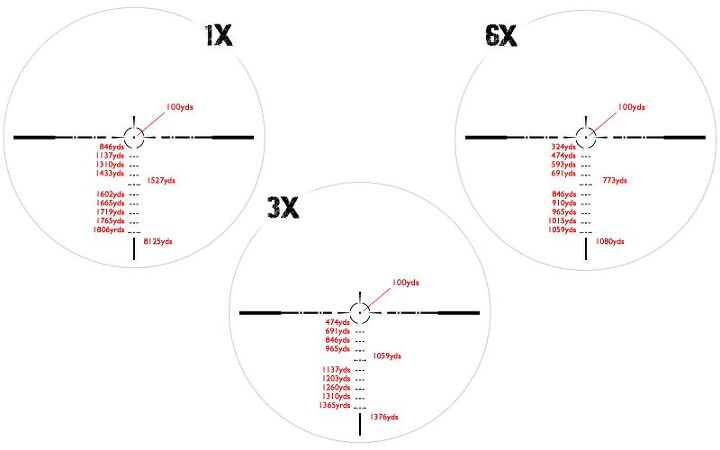
LUCID L7 Reticle
The reticle itself is very intuitive and easy to use. Many moons ago, I ran a Nightforce NXS 1-4X scope and the L7 reticle reminds me a lot of the NXS reticle. The L7 includes marks for bullet drop and is calibrated for different power settings.
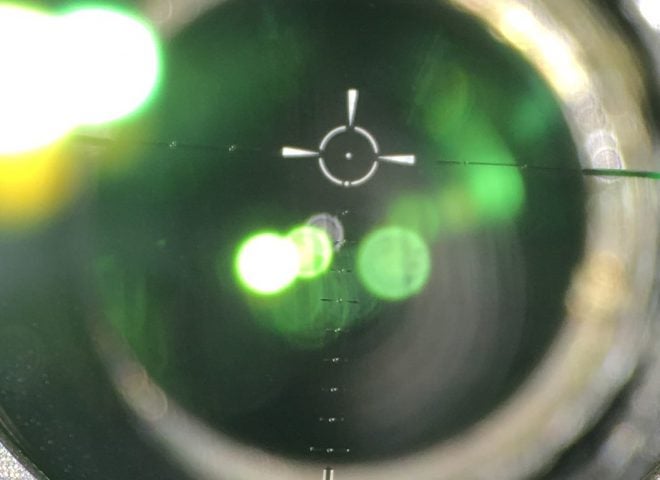
Non illuminated reticle closeup of the L7
Having a blue illuminated reticle was a new experience for me; I can’t say I have ever seen one like it in person. There’s a reason manufacturers choose either green or red – the human eye picks up those colors better than any other color in the visible spectrum. My eyes respond especially well to green which is why my Accupoint is the TR24G with the green triangle.
I can’t say that the L7’s blue reticle is bad, it’s just different. I had the opportunity to try it in bright “desert-oh-my-God-my-eyes!” daylight as well as nearly pitch black. The blue light didn’t wash out or bloom in either setting. Again, while it is different, I can’t say anything bad about the blue illumination.
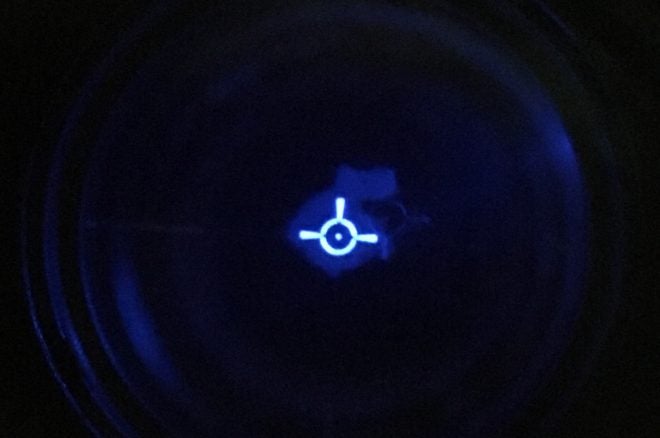
The best picture I could get of the L7’s illuminated reticle.
Unfortunately, I am plagued with astigmatisms – a condition in which the irregular shape of my eyeball or lens creates multiple focal points on my retina, making some illuminated reticles fuzzy or distorted. Luckily, my eyesight, either corrected or uncorrected, didn’t alter the reticle image at all: the lines were all crisp and clean at any magnification level or brightness.
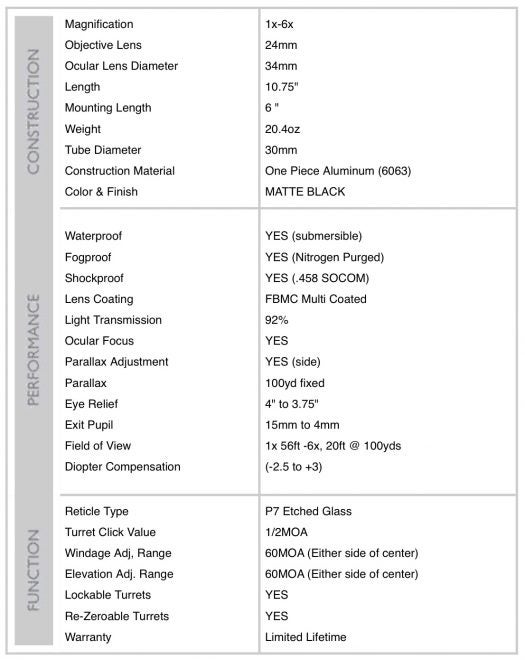
LUCID L7 Specifications
IV. Trigger Time
My go-to AR wears a Trijicon Accupoint 1-4X in an American Defense mount, so I was especially happy when LUCID offered to loan me an the same mount along with the L7. This allowed me to swap the two optics back and forth for comparison purposes.
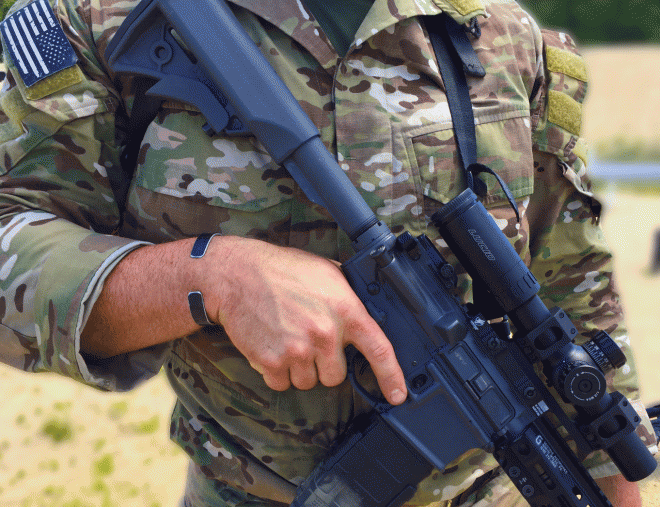
TFB Reviews the Lucid L7
I had no issues zeroing the L7 at 100 yards using the 6X magnification with two five-shot groups. The 1/2 MOA adjustment increments were on point and tracked as described.
After zeroing, I ran a both a ladder and a box test: adjusting the elevation and windage to run the adjustments through a repeatability drill. The L7 passed both exams without issue, placing acceptable groups spaced about 5MOA apart, matching my 10 clicks in every direction.
The L7’s reticle is solid: it is easy to pickup for close, quick shots as well as being sharp and detailed for longer engagements at higher magnifications. The beauty of a variable power optic like LUCID’s is that you get both the benefits of a red dot sight (RDS) like an EOTech or Aimpoint at 1X, but you also get the feature set of a traditional rifle scope at higher magnifications. The one downside being increased size and weight over its RDS cousins.
LUCID advertises the L7 as being a true 1X optic, and I would have to agree. I was unable to detect any distortion or magnification on the lowest power setting.
In my opinion, optical clarity is where the L7 really shines; I was impressed with the crystal clear glass that was included in such an affordable rifle scope. Even at higher magnifications, details are sharp, colors are bright and there is no haziness or clouding. There is also no colored tint to the glass that can sometimes occur in other manufacturers offerings.
With minimal testing, I would rate the L7’s low light optical performance as being average to above average. But remember, as with most 1-6X rifle scopes with a small 24mm objective lens, light collection is always going to be very restricted.
Again, optical clarity was very impressive for a $400 rifle scope. I was pleasantly surprised.
V. Conclusions
I really enjoyed reviewing the L7; partially because I am so budget- minded that I am constantly thinking “would I spend my money on this?” It is a feature-laden optic with impressive optical clarity at a fantastic price point.
Cons:
- Parallax should be set lower.
- No side focus
- Turret adjustments somewhat mushy
Neutral:
- Blue reticle illumination
Pros:
- Outstanding optical clarity
- Well made
- Priced right
VI. Final Thoughts
In the end, the question always remains: ‘Would I buy this?’ My response: Absolutely. For the money, the Lucid L7 is a quality, durable variable-powered optic with clean glass, an illuminated reticle and solid performance.
MSRP: $449
Street Price: ~$360
Just as important as it was when we began, maybe even more so today, keeping up with today’s political and economic forces is tough enough without spending excessive amounts on the right gear. In a world gone crazy with corporate attitudes and high prices we are proud to still be an exception. This is achieved by challenging stereotypes and thoughtfully creating our items with features and benefits that make sense for the intended use. – Jason Wilson, CEO and Founder of LUCID
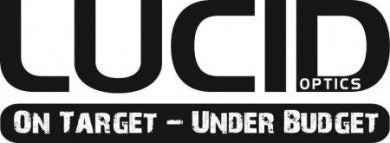
LUCID Optics – http://mylucidgear.com/
307-840-2160
 Your Privacy Choices
Your Privacy Choices
